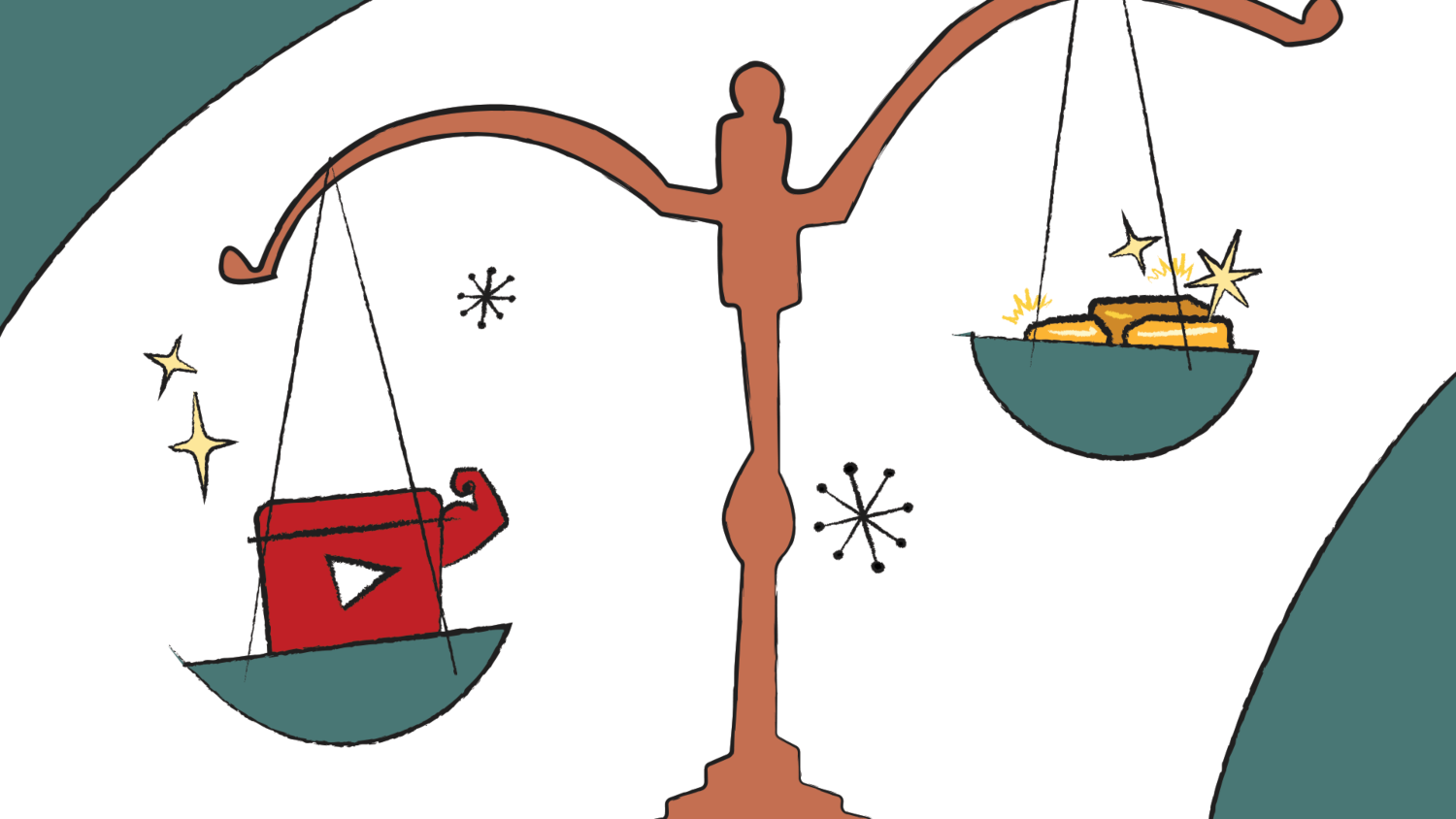Video is the dominant format with an upward trend, judging by the number of hours we spend watching videos on social networks. We are exposed to dynamic content more than ever. So it should not come as a surprise that we are increasingly investing in the production of social media videos. As always, we create content in a format that the target audience is used to consuming.
However, we are hearing more and more about how video content does not deliver the expected results. In some situations, static content seems to generate more likes and comments. This, along with the fact that video production is more expensive and more complex, makes us wonder: “Does it make sense at all to do video?”
One shouldn’t look for an answer to that question in engagement. Instagram is unambiguous in that the number of views is the basic metric against which the performance of this format should be judged. We also need to analyze the “quality” of views: average duration, retention rate, the percentage of users who watched with audio. We do this to understand how people consume content and optimize it.
Numbers aside, even an “unsuccessful” video allows us to do some things we couldn’t have done otherwise. We can tell a more complex story, to show how a product works and in the realistic context in which it is used. Research has shown that video content like this has a significant impact on purchasing decisions.
There is often talk of greater immersion in content compared to static formats, and an important consequence of this is a stronger feeling and more lasting memory after watching a video. Ultimately, we can offer value through the format of a podcast, video essay or other “educational” forms.
In recent years, there has been a noticeable trend of brands experimenting with the format, shooting seemingly unbranded short films (like the Nimic film, produced by Droga5 for Mini). This is further proof that there is no single solution that works for all brands, and that a tailor-made approach is important for the needs of a specific product, target group, communication channel and context.
And so the question isn’t what the price of an online second is, but what the value it can provide to the user and the brand is, and which format will maximize that. Sometimes it will be simple graphics on a white background. Sometimes it will be a video where the brand doesn’t even appear.
